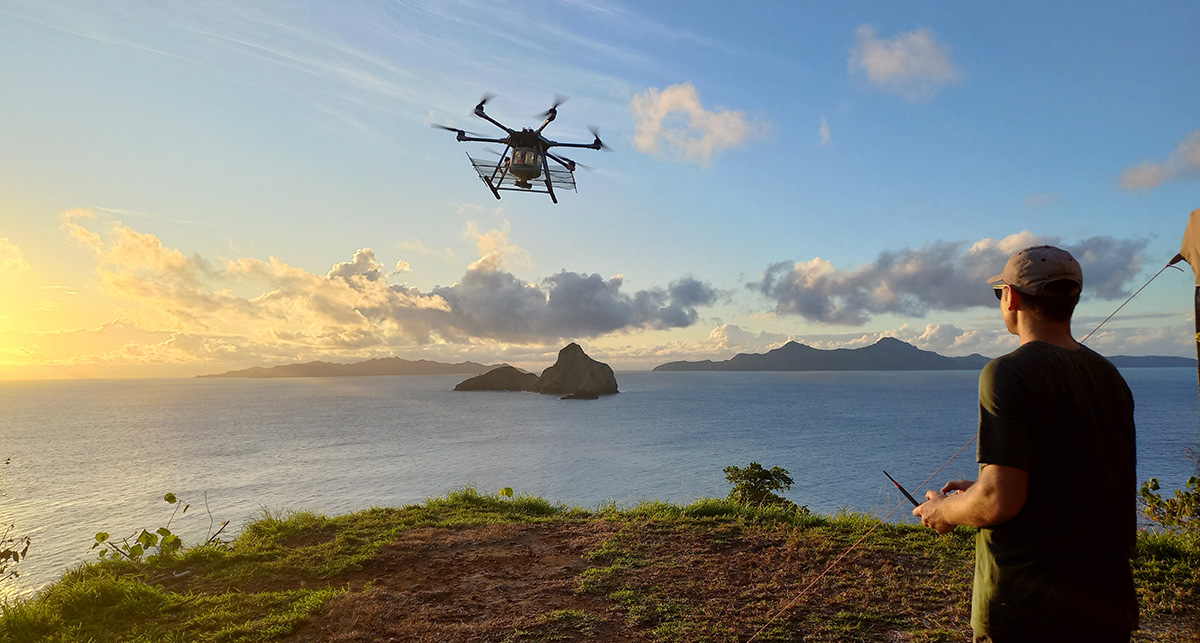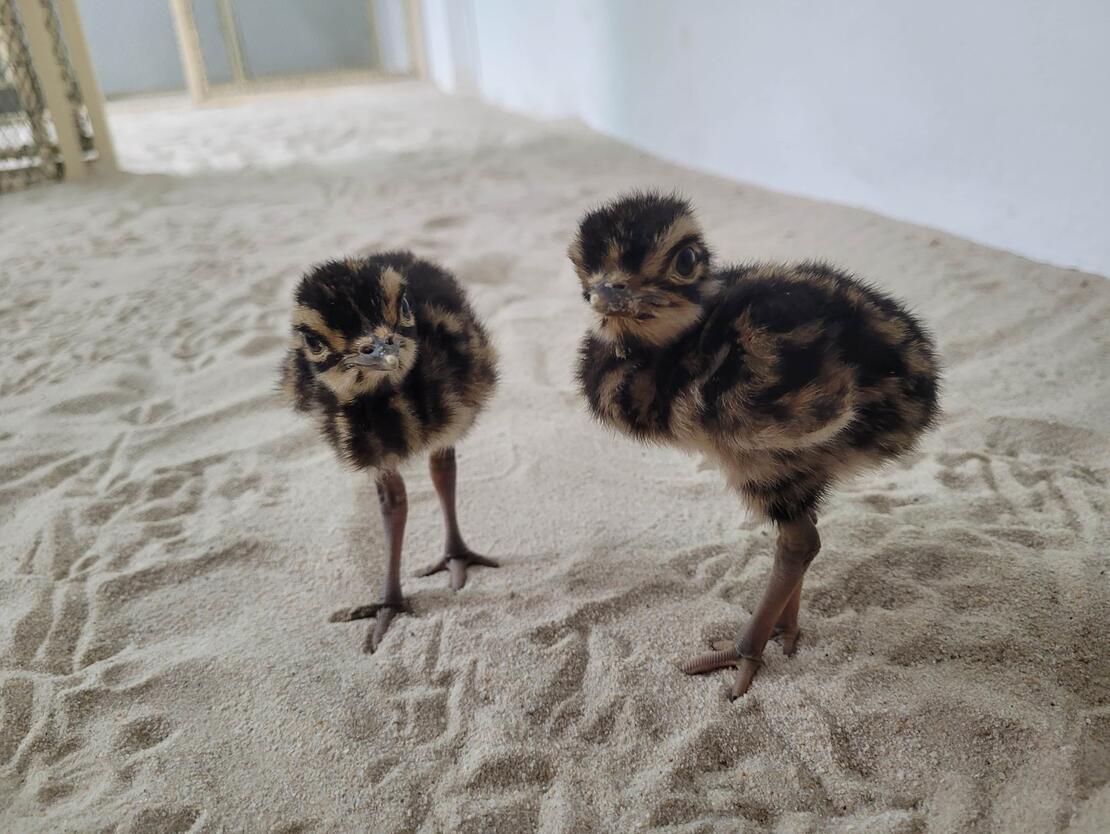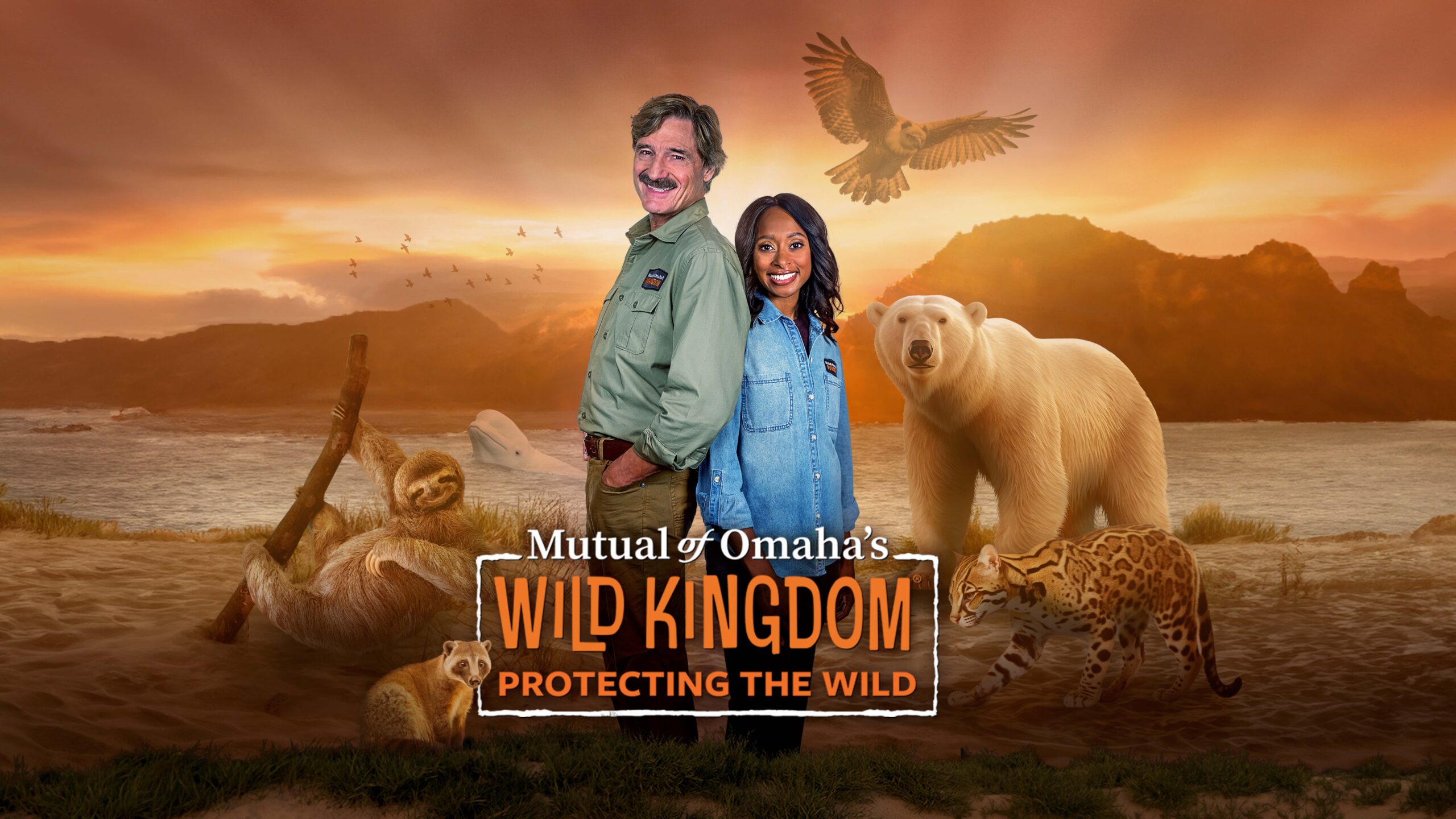Of all the world’s ecosystems, the often unique environs on the 670,000 islands in the world’s oceans, seas, and lakes, may be in the best shape of all. In 2020, when the decadal targets set out in the Aichi Biodiversity Treaty reached their deadlines, almost none had been achieved apart from invasive species control and eradication—which saw enormous success across islands in all the oceans.
Many of these isolated ecosystems suffered terribly from invasive animals and plants throughout the 18th, 19th, and 20th centuries. However, this principle works both ways because islands are small and isolated, and the potential for ecosystem restoration through invasive species control is as dramatic as the potential for ecosystem collapse through their introduction.
Now in the 21st century, Island Conservation, a non-profit environmental group dedicated to islands exclusively, is using advanced technology to accelerate the eradication of invasive rats across islands in the Pacific, and in 2022 completed the world’s first remotely operated eradication using drones and poisoned bait.
Their strategies of combining drones with indigenous outreach and manual conservation strategies have seen dramatic success and the list of islands that have benefited is long and inspiring, with entries all across the Pacific Ocean from Alaska to Hawai’i to Palau.
“Drones have made a difference between a project happening or not,” David Will, Head of Innovation at Island Conservation, said in an interview recently. “There hasn’t been so much a cost reduction factor, in that the places, the geographies that we’ve implemented drones in [sic] there is either no helicopter available in that country, or using ground-based methods is impractical and has a big safety risk”
“And so I think we’ve been challenged by the feeling that drones are still too expensive. But they’re still able to make those projects happen because the alternative would be bringing in a helicopter from out of the country, and chartering it for months at a time. That’s not even a cost equation, that’s not even on the table”.
Indeed, many island nations in the Blue Continent are small, and few are wealthy. The drones allow for work that used to only be possible through helicopters.

Success stories
In 2019, two years after implementing the rodent eradication program on the Galapagos Islands of Seymour Norte and Mosquera, Island Conservation’s drone program, for which they partnered with Envico Technologies Ltd. successfully cleared the island of black rats and Norwegian rats. The populations of rare and endemic species like the Galapagos land iguanas, the rare lava gull, and the swallow-tailed gull, the only nocturnal gull on earth, were suffering from these invasive scavengers.
The story is the same on all islands infested with rats—without typical prey species, the scavenging rats eat the seabirds’ eggs and chicks, leading to sudden and catastrophic population declines. In the case of Seymour Norte and Mosquera, the drone was equipped with a dispersal bucket and followed GPS-guided transects to distribute a conservation bait manufactured by Bell Laboratories across the island and available rodent habitat. Following initial implementation, bait was placed in stations along the coastline, ensuring no rodents re-invaded the island.
“We’ve put a lot of emphasis on the last couple of years [sic] has been the aerial baiting drones, because so much of our work is about removing invasive species, and particularly rodents on islands, and that’s one of our biggest costs and challenges is how to implement those kinds of interventions on islands,” said Will.
That success was replicated in 2022 in the Wallis and Futuna Islands in the South Pacific, on Kamaka Island, French Polynesia; and on Ngerkeklau in Palau the year after—all because of the hard work and dedication of their team combined with the technology and versatility of the drones.
“So much of what we do is about moving things and looking at things,” said Will. “And so this gave us a whole new scale at which we could move things and could look at things using drones”.
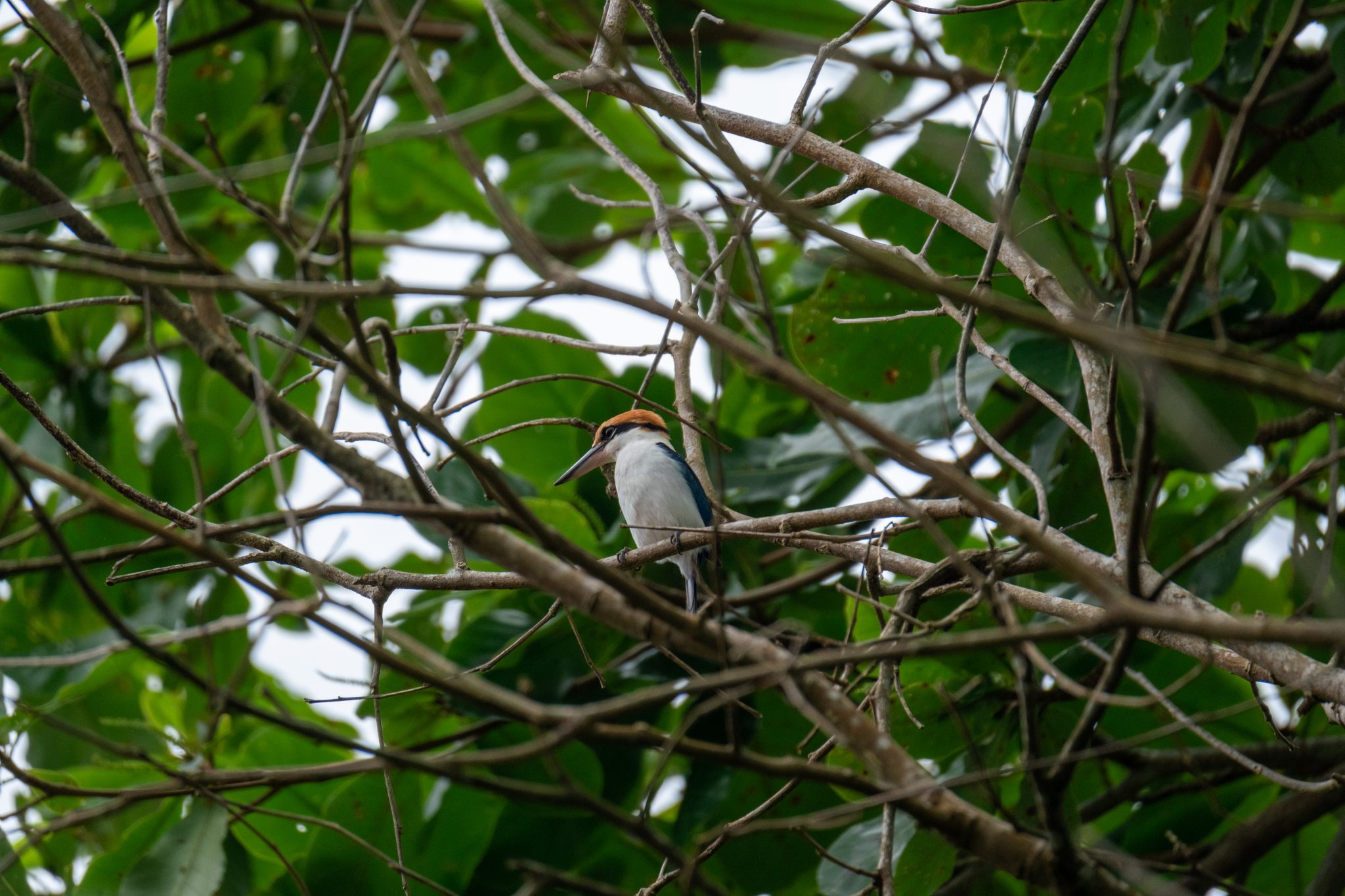
In the case of Wallis and Futuna, it wasn’t just that drones helped; without them, there would have been no project.
Island Conservation’s Restoration Specialist Baudouin des Monstiers was en route to the island in question when his flight was canceled due to a passenger having the first case of COVID-19 in New Caledonia. Lorikeets and Polynesian starlings were among the threatened species expected to benefit from the project, along with sea turtles, red-footed boobies, brown boobies, black noddies, brown noddies, and white terns.
With all this biodiversity at risk, Island Conservation staff and Envico’s drone pilots trained the local inhabitants on their use over Zoom calls. The success was resounding, and the Wallis and Futuna Islands project earned the Secretariat of the Pacific Regional Environment Programme’s Pacific Invasive Species Battler of the Year Award.
“It’s a very big deal around conservation to our local communities with the technology and tools that help empower their communities, and drones have been a really good tool to do that,” said Timo Sullivan, the Drone Program Coordinator for Island Conservation in the same interview. “You know, drones are exciting, so everyone wants to fly a drone. So it’s a great way to bring a present to a community, have a community involved in it, and want to be involved”.
Use of drones for conservation has increased four-fold in the Galapagos after Island Conservation and Envico participated in the Seymour Norte program, in part because people who would never have had the opportunity to see or ‘play’ with a drone were able to do so.
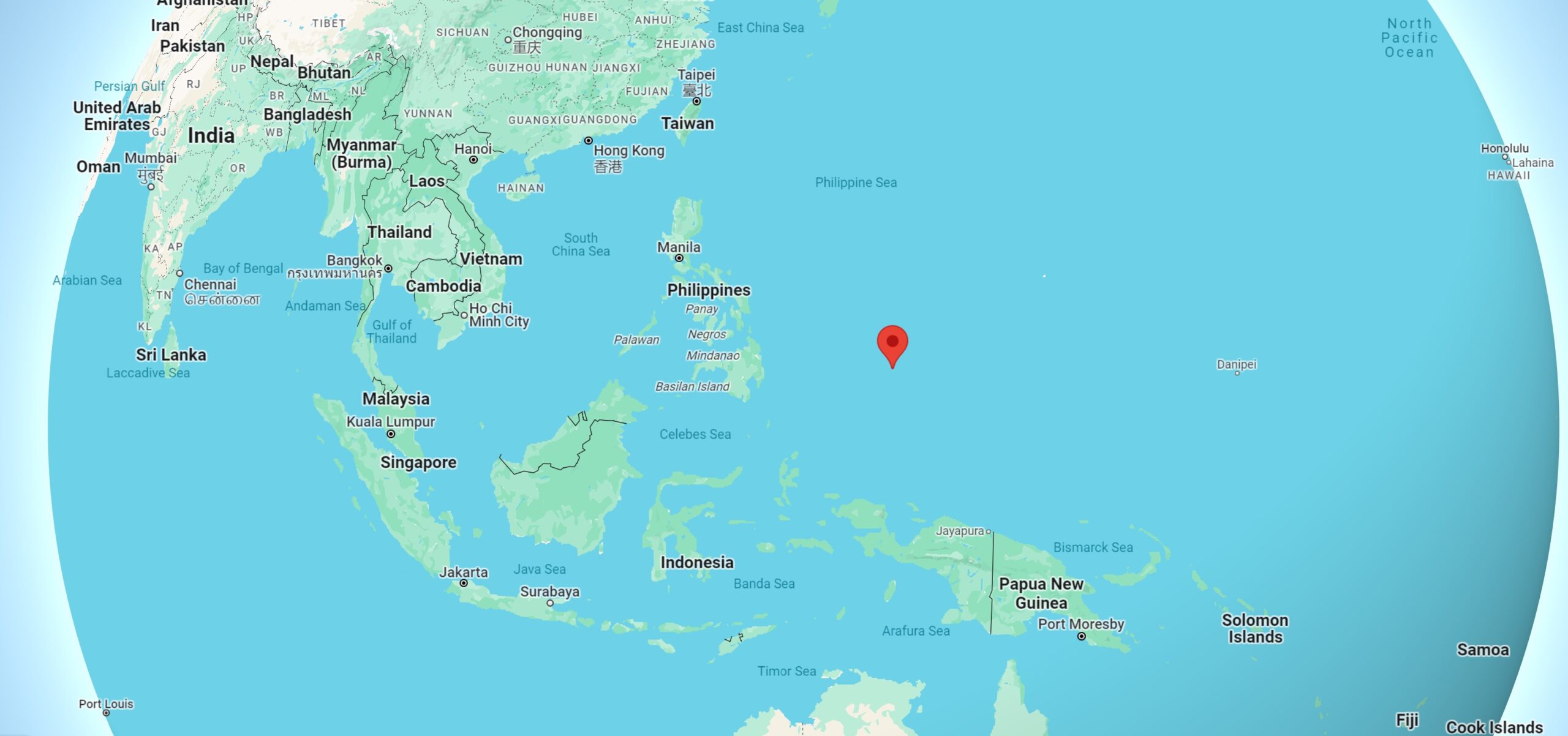
Palau and French Polynesia
Ngerkeklau Island is an expansive nature reserve owned by the Ngarchelong State in Palau and co-managed by the Ebiil Society. Here, another invasive population of rats was eradicated by drones from Envico and Island Conservation.
“We are seeing a remarkable change in Ngerkeklau’s biodiversity since rodents were removed. Without invasive rats, we see increased vegetative growth, more plants and flowers, an abundance of insects, and a healthier island,” said Ann Singeo, Executive Director of Ebiil Society. “Our beloved hawksbill sea turtle and the Palauan megapode, endangered species incredibly vulnerable to these invasives, are now safe to thrive in their natural habitat”.
The Ngerkeklau project was part of the Island-Ocean Connection Challenge, (IOCC) an ambitious campaign to restore 40 globally important islands from ridge to reef by 2030.
Kamaka is another island that’s part of the IOCC, and is located in the Gambier Islands of French Polynesia where seabirds such as the Polynesian storm petrel, Tahiti petrel, and Murphy’s petrel thrived before the introduction of rats which began to hunt their eggs and chicks.
A first attempt at rat eradication in 2015 revealed significant logistical challenges that highlighted a need for increased local community engagement, support, and coordination. To that end, the drones were brought in as part of “the most ambitious project to date” for Island Conservation.
Each island has its own terrain and weather conditions to navigate. Kamaka’s landscape required all supplies to be ferried up steep terrain and coastal cliffs by hand. The team at Envico and Island Conservation completed up to 100 drone flights a day, several days in a row. In the end, they conducted over 600 flights to ensure the eradication was successful.
“These operations traditionally use helicopters, which are effective but are incredibly expensive and require far more time and resources,” said Cameron Baker, Managing Director of Envico Technologies, and the time of the project. “Instead, for Kamaka, we utilized the ENV 10, which is smaller than other drone models but could easily adapt to the frequent flights required”.
These are just a few of Island Conservation’s successes with drones and without them. Since 1997 they have successfully restored 65 islands worldwide, benefiting 1,218 populations of 504 species and subspecies. WaL
PICTURED ABOVE: An Envico drone pilot working on Kamaka Island. PC: Island Conservation, released.
